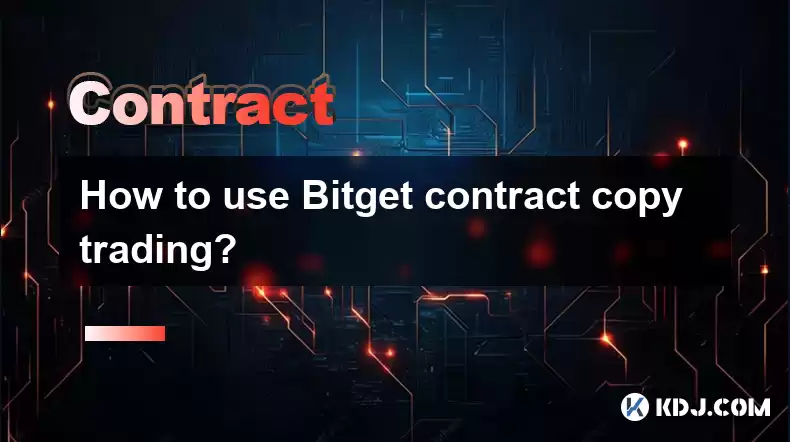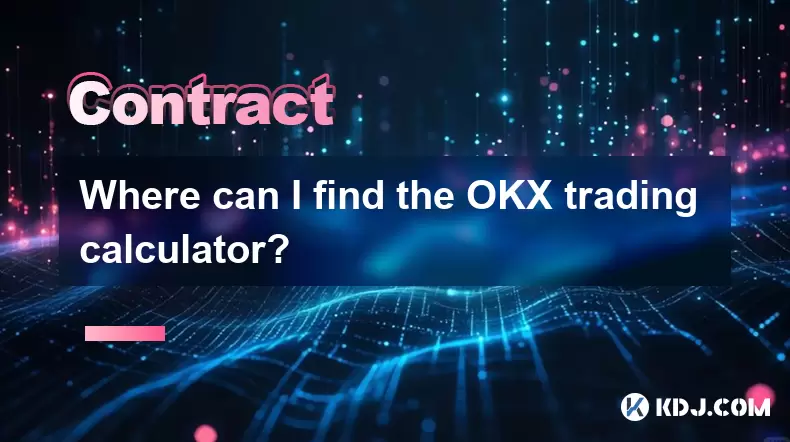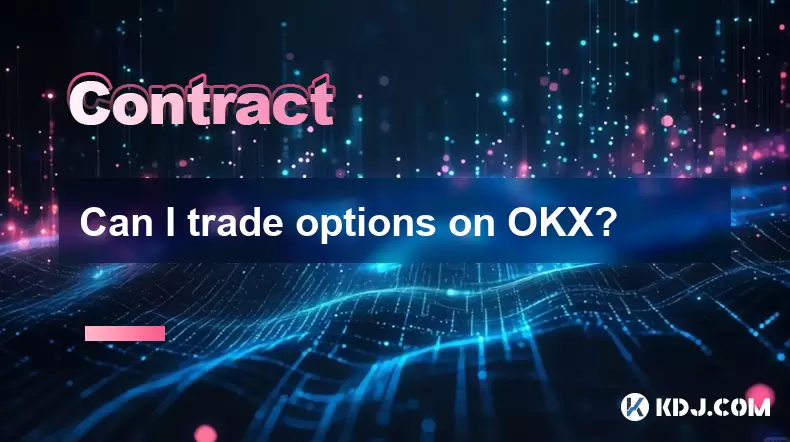-
 Bitcoin
Bitcoin $117500
2.15% -
 Ethereum
Ethereum $3911
6.19% -
 XRP
XRP $3.316
10.79% -
 Tether USDt
Tether USDt $1.000
0.01% -
 BNB
BNB $787.2
2.24% -
 Solana
Solana $175.2
4.15% -
 USDC
USDC $0.9999
0.00% -
 Dogecoin
Dogecoin $0.2225
8.40% -
 TRON
TRON $0.3383
0.28% -
 Cardano
Cardano $0.7868
6.02% -
 Stellar
Stellar $0.4382
9.34% -
 Hyperliquid
Hyperliquid $40.92
7.56% -
 Sui
Sui $3.764
7.63% -
 Chainlink
Chainlink $18.48
10.66% -
 Bitcoin Cash
Bitcoin Cash $582.1
1.88% -
 Hedera
Hedera $0.2601
6.30% -
 Avalanche
Avalanche $23.33
4.94% -
 Ethena USDe
Ethena USDe $1.001
0.02% -
 Litecoin
Litecoin $122.3
2.04% -
 UNUS SED LEO
UNUS SED LEO $8.969
-0.27% -
 Toncoin
Toncoin $3.339
0.86% -
 Shiba Inu
Shiba Inu $0.00001287
4.30% -
 Uniswap
Uniswap $10.43
7.38% -
 Polkadot
Polkadot $3.861
5.08% -
 Dai
Dai $1.000
0.02% -
 Bitget Token
Bitget Token $4.513
3.41% -
 Monero
Monero $267.7
-6.18% -
 Cronos
Cronos $0.1499
4.14% -
 Pepe
Pepe $0.00001110
5.15% -
 Aave
Aave $284.9
8.28%
How to use Bitget contract copy trading?
Bitget's copy trading lets you replicate experienced traders' moves; select a lead trader, set parameters, and monitor performance to optimize your investment strategy.
Apr 03, 2025 at 08:28 am

Bitget's contract copy trading feature allows users to automatically replicate the trades of experienced traders, known as "lead traders." This can be a valuable tool for those looking to benefit from the expertise of others without having to spend time analyzing the market themselves. To start using this feature, you first need to understand how to select a lead trader, set up your copy trading parameters, and monitor your performance. This guide will walk you through each step to ensure you can make the most out of Bitget's copy trading system.
Selecting a Lead Trader
The first step in using Bitget's contract copy trading is to choose a lead trader whose strategies align with your investment goals. Bitget provides a list of lead traders along with their performance statistics, such as profit and loss (P&L), win rate, and maximum drawdown. You should look for traders with a consistent track record and a strategy that matches your risk tolerance.
- Navigate to the "Copy Trading" section on the Bitget platform.
- Browse through the list of lead traders and review their performance metrics.
- Consider factors such as their trading frequency, average holding time, and the types of contracts they trade.
- Click on a lead trader's profile to get more detailed information about their trading history and strategy.
Setting Up Copy Trading Parameters
Once you have selected a lead trader, you need to set up your copy trading parameters. These parameters will determine how your account replicates the lead trader's trades. Key settings include the amount you want to allocate to copy trading, the maximum number of open positions, and the stop-loss and take-profit levels.
- Go to the lead trader's profile and click on the "Follow" button.
- Enter the amount you wish to allocate to copy trading. This can be a fixed amount or a percentage of your total account balance.
- Set the maximum number of open positions you are comfortable with. This helps manage risk by limiting the number of trades you are exposed to at any given time.
- Adjust the stop-loss and take-profit levels to align with your risk management strategy. These settings will automatically close positions when certain profit or loss thresholds are reached.
Monitoring and Managing Your Copy Trading
After setting up your copy trading parameters, it's important to monitor your performance and make adjustments as needed. Bitget provides tools to track your copy trading results, including real-time P&L, open positions, and historical trades. Regularly reviewing these metrics can help you understand how well your chosen lead trader is performing and whether you need to make changes to your strategy.
- Check the "Copy Trading" dashboard regularly to see your current P&L and open positions.
- Review the lead trader's recent trades and performance to ensure they are still meeting your expectations.
- If necessary, adjust your copy trading parameters, such as the allocated amount or stop-loss levels, based on your performance and market conditions.
- Consider diversifying your copy trading by following multiple lead traders to spread risk and potentially increase returns.
Understanding the Risks
While copy trading can be a powerful tool, it's important to understand the risks involved. Since you are replicating the trades of another person, you are subject to their decisions and market conditions. It's crucial to only allocate funds you can afford to lose and to have a clear understanding of the lead trader's strategy and risk management practices.
- Be aware that past performance is not indicative of future results. A lead trader's historical success does not guarantee future profits.
- Understand the lead trader's risk management practices, such as their use of leverage and position sizing.
- Keep in mind that market conditions can change rapidly, and what worked in the past may not work in the future.
- Always have a plan for managing losses, including setting appropriate stop-loss levels and not over-allocating funds to copy trading.
Maximizing Your Copy Trading Experience
To get the most out of Bitget's contract copy trading, consider the following tips:
- Diversify your copy trading by following multiple lead traders with different strategies. This can help spread risk and potentially increase returns.
- Regularly review and adjust your copy trading parameters based on performance and market conditions.
- Stay informed about market trends and news that could impact the performance of your lead traders.
- Use Bitget's educational resources to improve your understanding of copy trading and the cryptocurrency market in general.
Common Questions About Bitget Contract Copy Trading
Q: How do I choose the right lead trader on Bitget?
A: To choose the right lead trader, consider their performance metrics such as P&L, win rate, and maximum drawdown. Look for traders with a consistent track record and a strategy that aligns with your risk tolerance. Review their trading history and strategy details on their profile to make an informed decision.
Q: Can I adjust my copy trading parameters after setting them up?
A: Yes, you can adjust your copy trading parameters at any time. You can change the allocated amount, maximum number of open positions, and stop-loss and take-profit levels based on your performance and market conditions.
Q: What are the risks associated with copy trading on Bitget?
A: The main risks include the potential for losses due to the lead trader's decisions and market conditions. Past performance is not indicative of future results, and market conditions can change rapidly. It's important to only allocate funds you can afford to lose and to have a clear understanding of the lead trader's strategy and risk management practices.
Q: How can I monitor my copy trading performance on Bitget?
A: You can monitor your copy trading performance through the "Copy Trading" dashboard on Bitget. This dashboard provides real-time P&L, open positions, and historical trades. Regularly reviewing these metrics can help you understand how well your chosen lead trader is performing and whether you need to make changes to your strategy.
Q: Can I follow multiple lead traders on Bitget?
A: Yes, you can follow multiple lead traders on Bitget. Diversifying your copy trading by following traders with different strategies can help spread risk and potentially increase returns.
Disclaimer:info@kdj.com
The information provided is not trading advice. kdj.com does not assume any responsibility for any investments made based on the information provided in this article. Cryptocurrencies are highly volatile and it is highly recommended that you invest with caution after thorough research!
If you believe that the content used on this website infringes your copyright, please contact us immediately (info@kdj.com) and we will delete it promptly.
- Bitcoin, Meme ICOs, and FOMO: Catching the Next Crypto Wave
- 2025-08-08 18:30:34
- OM, Investment, and Growth: Decoding the Latest Trends in Digital Assets
- 2025-08-08 18:30:34
- SNEK, Cardano, and the Contributor's Conundrum: A Meme Coin's Fight for Recognition
- 2025-08-08 16:30:12
- Toshi Crypto's Wild Ride: Rally, Demand Slump, and What's Next
- 2025-08-08 16:30:12
- Ethereum, Staking Yields, and DeFi Exposure: A New Era for Investors?
- 2025-08-08 15:10:12
- Unilabs Pumps MIA, Binance Coin Bouncing Back, and Ethereum's Bearish Blues
- 2025-08-08 15:10:12
Related knowledge

What is the distinction between mark price and last price on KuCoin?
Aug 08,2025 at 01:58pm
Understanding the Basics of Price in Cryptocurrency TradingIn cryptocurrency exchanges like KuCoin, two key price indicators frequently appear on trad...

What are the specific maker and taker fees on KuCoin Futures?
Aug 08,2025 at 08:28am
Understanding Maker and Taker Fees on KuCoin FuturesWhen trading on KuCoin Futures, users encounter two primary types of fees: maker fees and taker fe...

What is the maximum leverage available on KuCoin Futures?
Aug 08,2025 at 10:21am
Understanding Leverage in KuCoin Futures TradingLeverage in KuCoin Futures allows traders to control a larger position size using a smaller amount of ...

What is the minimum deposit for OKX contracts?
Aug 08,2025 at 07:00am
Understanding OKX Contract Trading BasicsOKX is one of the leading cryptocurrency derivatives exchanges, offering a wide range of perpetual and future...

Where can I find the OKX trading calculator?
Aug 08,2025 at 07:49am
Understanding the OKX Trading Calculator FunctionalityThe OKX trading calculator is a powerful analytical tool designed to assist traders in estimatin...

Can I trade options on OKX?
Aug 08,2025 at 11:01am
Understanding Options Trading on OKXYes, you can trade options on OKX. OKX is one of the leading cryptocurrency derivatives exchanges that offers a de...

What is the distinction between mark price and last price on KuCoin?
Aug 08,2025 at 01:58pm
Understanding the Basics of Price in Cryptocurrency TradingIn cryptocurrency exchanges like KuCoin, two key price indicators frequently appear on trad...

What are the specific maker and taker fees on KuCoin Futures?
Aug 08,2025 at 08:28am
Understanding Maker and Taker Fees on KuCoin FuturesWhen trading on KuCoin Futures, users encounter two primary types of fees: maker fees and taker fe...

What is the maximum leverage available on KuCoin Futures?
Aug 08,2025 at 10:21am
Understanding Leverage in KuCoin Futures TradingLeverage in KuCoin Futures allows traders to control a larger position size using a smaller amount of ...

What is the minimum deposit for OKX contracts?
Aug 08,2025 at 07:00am
Understanding OKX Contract Trading BasicsOKX is one of the leading cryptocurrency derivatives exchanges, offering a wide range of perpetual and future...

Where can I find the OKX trading calculator?
Aug 08,2025 at 07:49am
Understanding the OKX Trading Calculator FunctionalityThe OKX trading calculator is a powerful analytical tool designed to assist traders in estimatin...

Can I trade options on OKX?
Aug 08,2025 at 11:01am
Understanding Options Trading on OKXYes, you can trade options on OKX. OKX is one of the leading cryptocurrency derivatives exchanges that offers a de...
See all articles

























































































